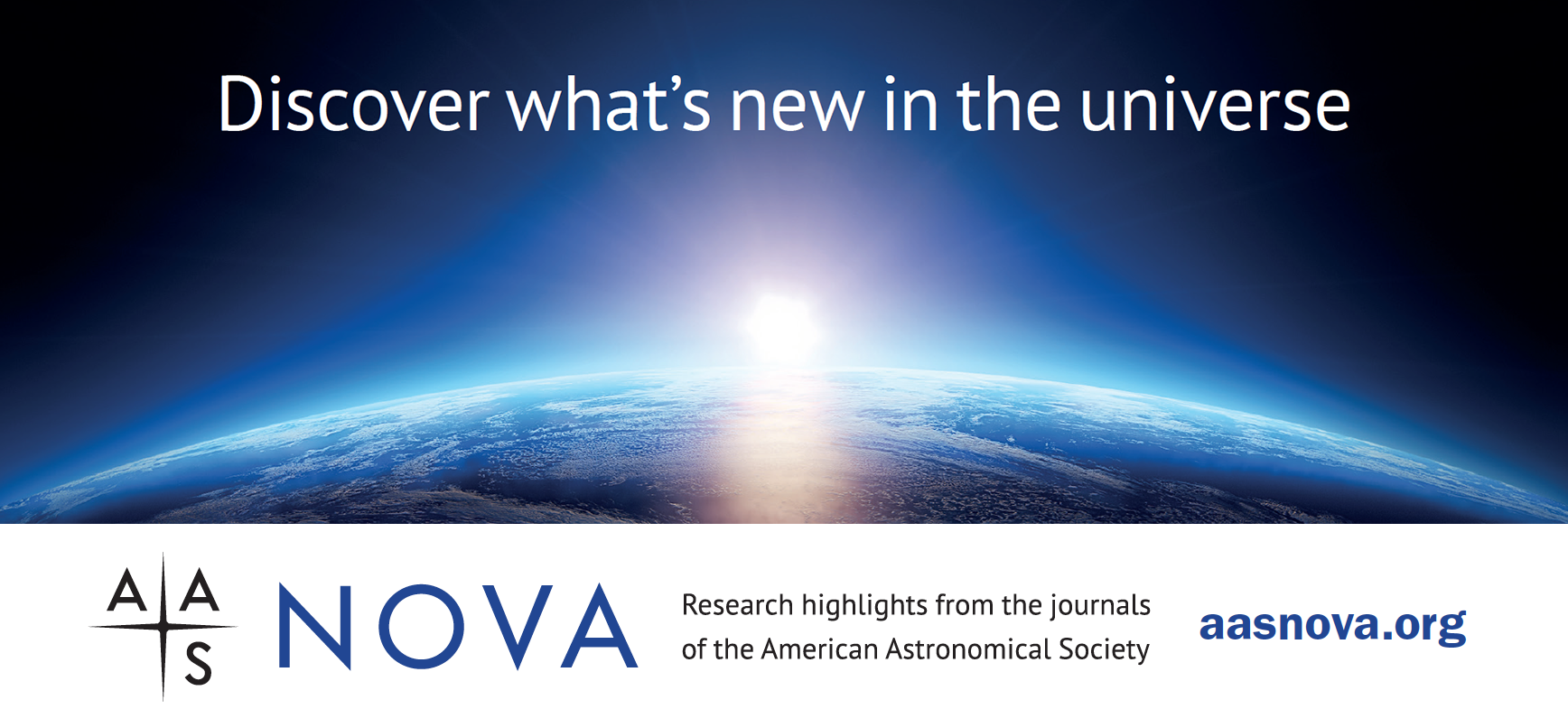Highlights from AAS Nova: 25 February – 9 March 2024

Kerry Hensley American Astronomical Society (AAS)
AAS Nova provides brief highlights of recently published articles from the AAS journals, i.e., The Astronomical Journal (AJ), The Astrophysical Journal (ApJ), ApJ Letters, ApJ Supplements, The Planetary Science Journal, and Research Notes of the AAS. The website's intent is to gain broader exposure for AAS authors and to provide astronomy researchers and enthusiasts with summaries of recent, interesting research across a wide range of astronomical fields.

The following are the AAS Nova highlights from the past two weeks; follow the links to read more, or visit AAS Nova for more posts.
8 March 2024
Do Dwarf Galaxy Collisions Start or Stop Star Formation? Yes.
While collisions between dwarf galaxies usually result in bursts of star formation, new research suggests that galaxy interactions can also make star formation shut off.
6 March 2024
When Stars, Disks, and Black Holes Meet, Outbursts Follow
New research explores how a star colliding with a disk of gas around a supermassive black hole might give rise to the quasi-periodic eruptions seen in certain galaxies.
5 March 2024
Sednoids: Echoes of a Rogue Planet in the Early Solar System?
Astrobites reports on the possibility that an ancient rogue planet is responsible for the unusual orbits of a trio of solar system objects called sednoids.
4 March 2024
Featured Image: Minidisks in Massive Binaries
Researchers investigate the behavior of minidisks: the small disks of gas that collect around the individual supermassive black holes in a binary pair.
1 March 2024
Supernova Nickel and Neural Nets
To speed up their models of supernovae, astronomers are turning to neural networks for an AI-assist.
28 February 2024
Hold On to Your Atmospheres: How Planet Size Affects Atmospheric Escape
New research challenges expectations that the smaller a planet is, the faster it will lose its atmosphere when exposed to fierce stellar winds and intense radiation.
27 February 2024
Ripples in Time: The Transient Nature of Mysterious M Stars
Astrobites reports on a class of stars known as complex periodic variables and the possible causes of their variations.
26 February 2024
Have We Found a Direct Descendant of the First Stars?
A metal-poor star in the Milky Way’s halo may have formed from the remains of the very first stars to flicker into existence, opening a window into the properties of our universe’s original stars.


